The 10 best stargazing events of 2024
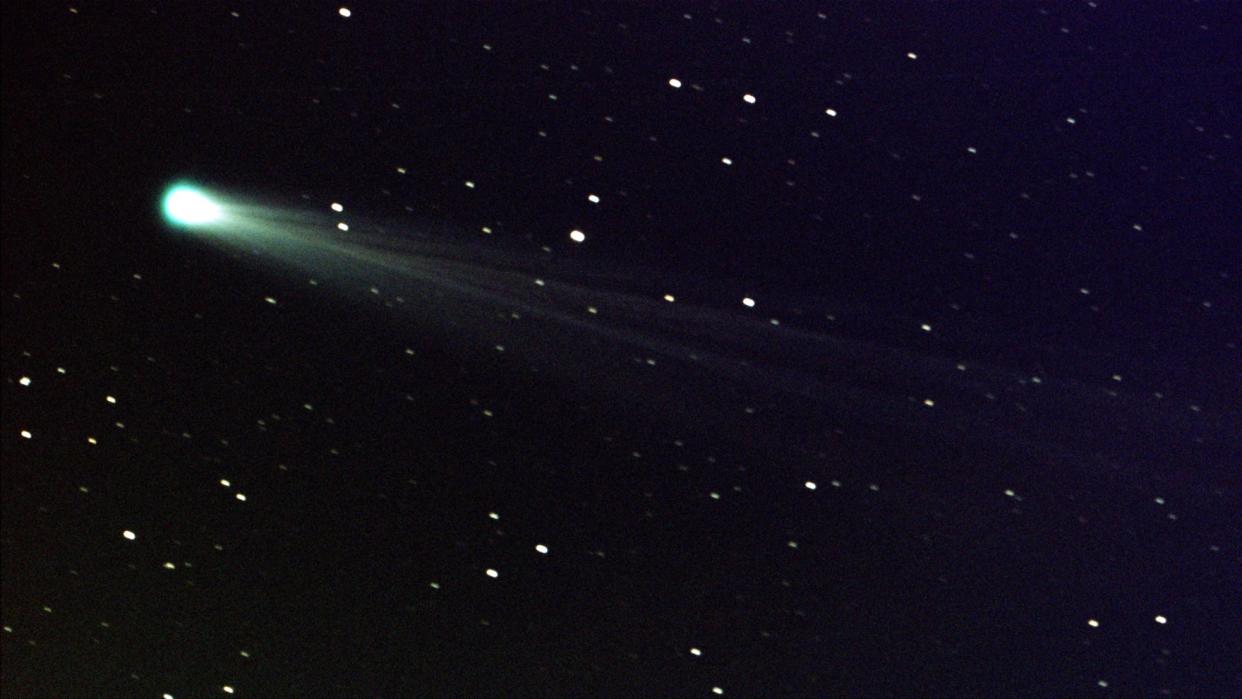
A spectacular year for stargazers is ahead. From the Quadrantid meteor shower in January to the opposition of Jupiter in December, there will be plenty of opportunities to witness the universe's wonders. Highlights of the year include a rare total solar eclipse seen from North America, a moonless Perseid meteor shower and two comets that will shine so bright they may be visible to the naked eye, making 2024 a year not to be missed for sky-watchers. While many of these events are visible with the naked eye, investing now in a good beginner telescope can greatly enhance your experience.
Here are some dates for this year's stargazing diary.
1. Quadrantid meteor shower

When: Jan. 3/4, 2024
The Quadrantids are overshadowed by December's Geminids, but they can produce 60 to 200 meteors per hour and include bright "fireballs," according to NASA. Here's everything you need to know about watching the Quadrantids peak.
2. March equinox
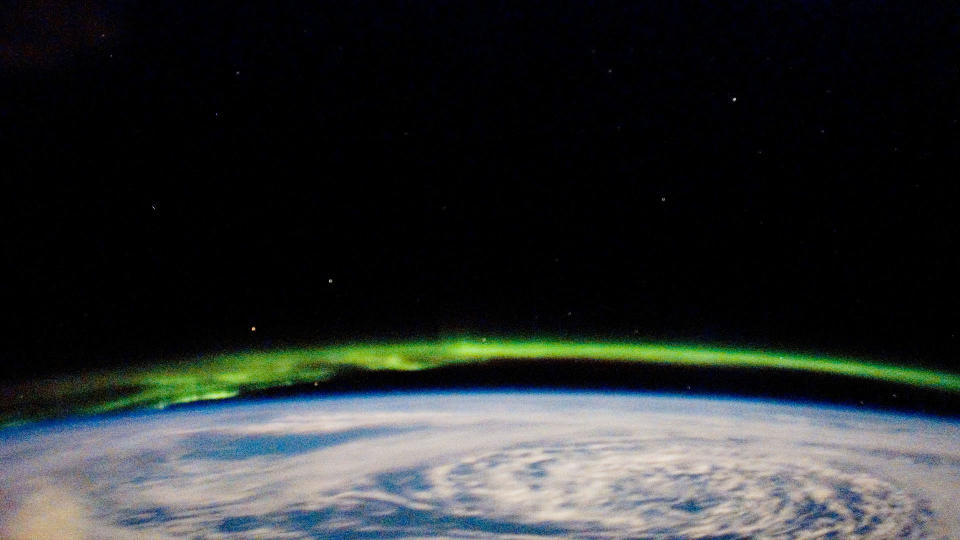
When: March 20, 2024
Although not a stargazing event per se, Earth's axis being tilted neither toward nor away from the sun can often create the ideal geometry for spectacular displays of auroras around the poles. Since the sun is predicted to hit solar maximum during 2024, resulting in increased solar activity including aurora-triggering outbursts, this equinox could see some special shows.
3. Total solar eclipse
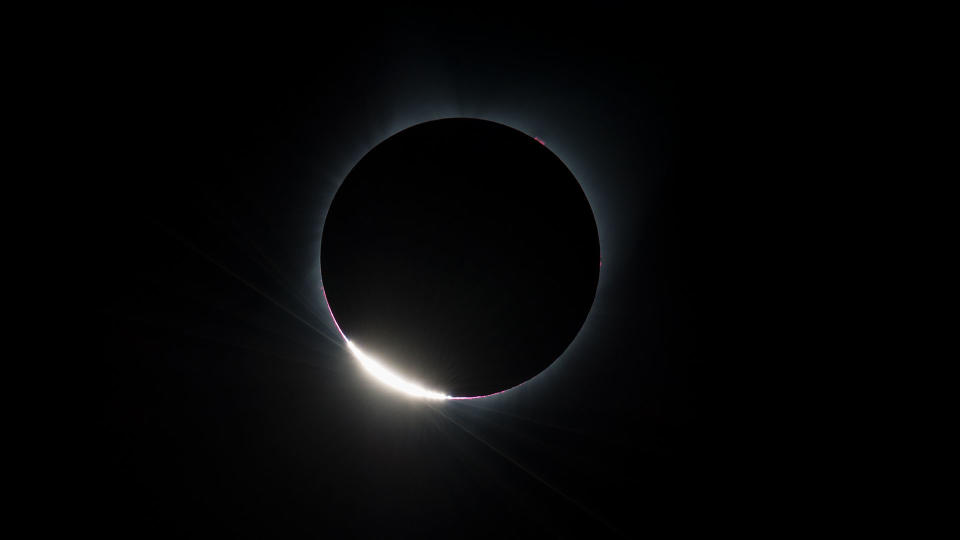
When: April 8, 2024
One of nature's most spectacular sights is coming to North America. On April 8, for up to 4 minutes 28 seconds, a glimpse of the sun's corona amid darkness in the day is available to anyone who gets into the 115-mile-wide path of totality through parts of northern Mexico, 15 U.S. states and five Canadian provinces.
4. Comet Pons-Brooks
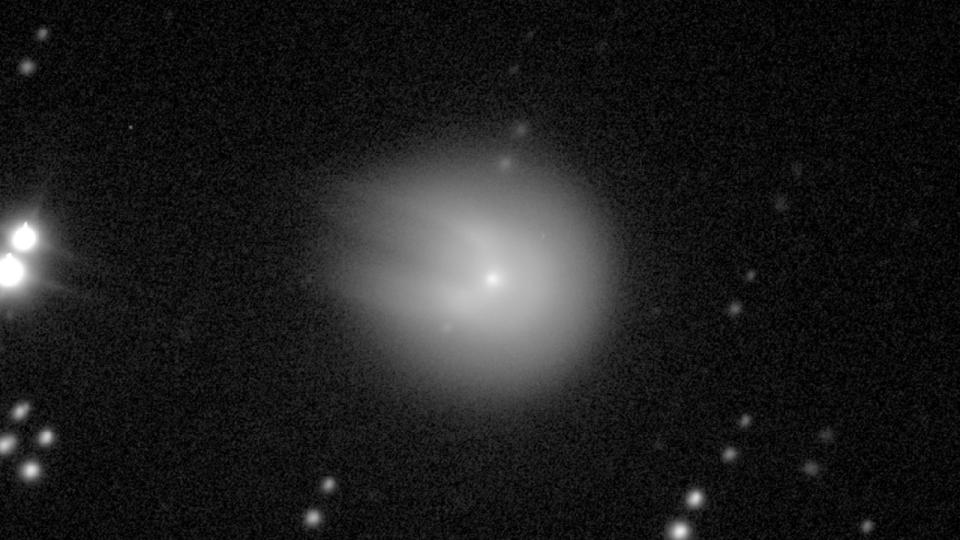
When: April 21, 2024
The coming year may be a good one for bright comets. The volcanic comet Pons-Brooks, which orbits the sun every 71 years, will be visible using binoculars during March and April, and on 12 April, it will be close to Jupiter. The comet will reach its brightest on 21 April, so that's the date to prioritize.
Related: Best binoculars for stargazing 2023: Spot stars and galaxies
5. Eta Aquariid meteor shower
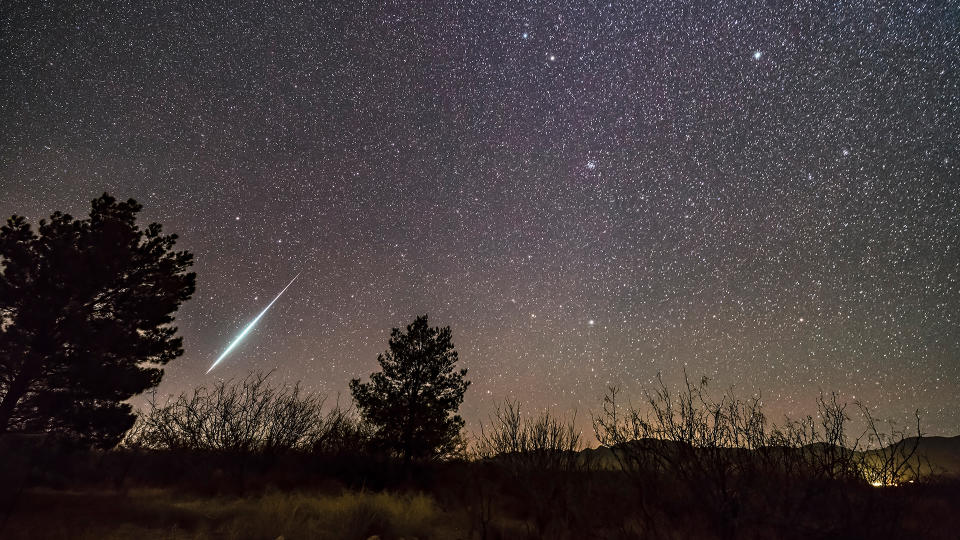
When: May 6, 2024
One of two meteor showers caused by dust and debris left in the inner solar system by Halley's comet, the Eta Aquariids will in 2024 occur under moonless night skies, ensuring enough darkness to see its 10 to 20 "shooting stars" per hour.
6. Perseid meteor shower
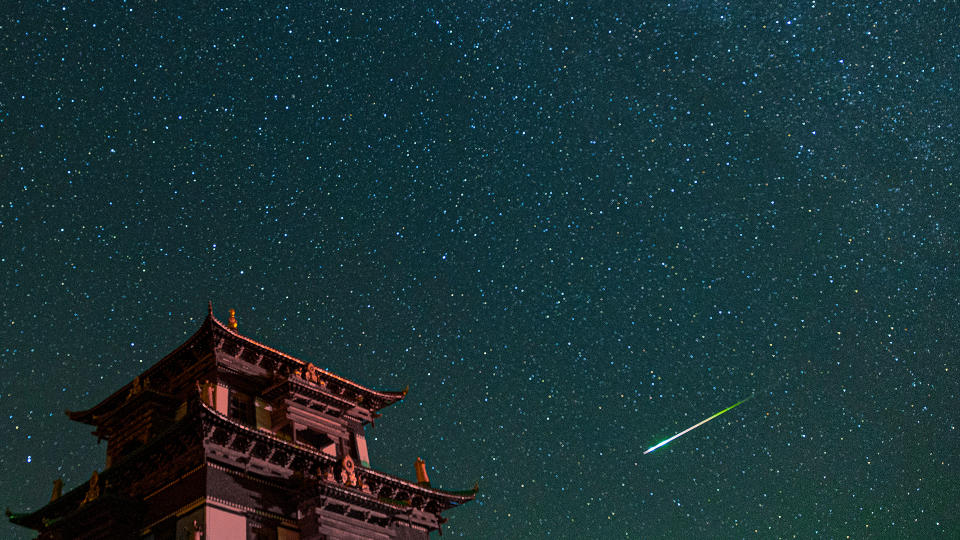
When: Aug. 12/13, 2024
Often producing bright meteors easily visible to the naked eye, the Perseids meteor shower is one of the most famous of the year. The moon will be absent from the sky, so expect a good show — and great views of the Milky Way if you stay up until the skies get their darkest around midnight.
7. Saturn at opposition
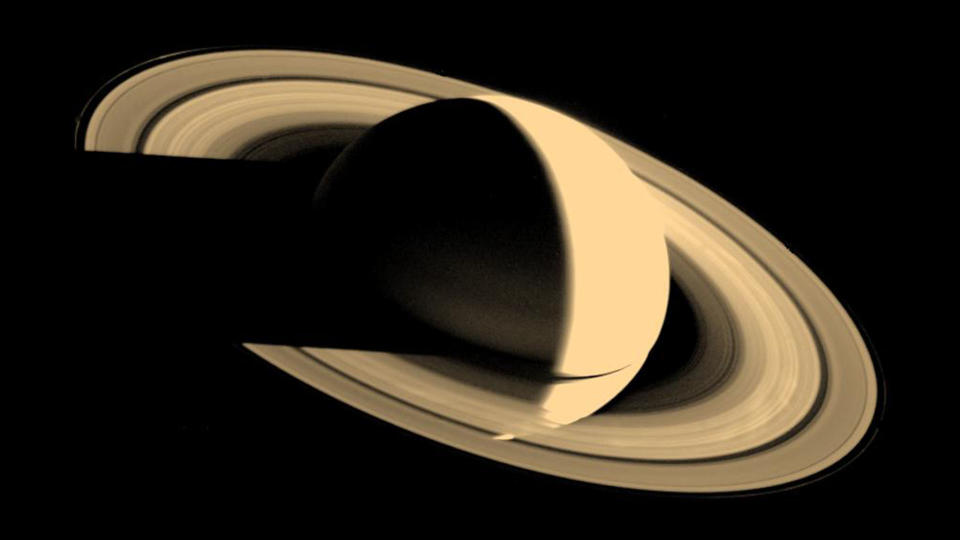
When: Sept. 8, 2024
In early September, Saturn will be at its brightest and best as it passes between our planet and the sun. This will be the best time to see Saturn, though you'll need a small telescope to see its rings.
8. Comet Tsuchinshan-ATLAS

When: Oct. 13, 2024
Although it's expected to be visible in the sky before sunrise in late September, the best time to see Comet Tsuchinshan-ATLAS — only discovered in January 2023 -– is Oct. 13, as that's when it's likely to be its brightest.
9. Hunter's Supermoon

When: Oct. 17, 2024
A super-size moon will grace the skies on this date as the closest full moon to Earth rises. It's one of three supermoons of the year; the others will rise on Sept. 18 and Nov. 15, but this one will be the largest. Expect high tides in the supermoon's wake.
10. Jupiter at opposition
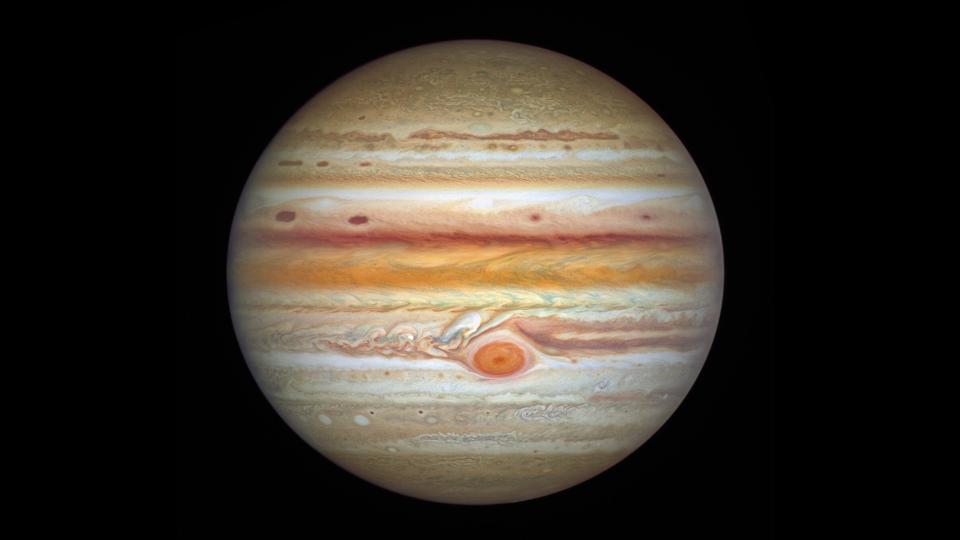
When: Dec. 7, 2024
On this date, the giant planet Jupiter will shine its brightest, its disk will be 100% lit by the sun, and it will rise at dusk and set at dawn. For telescope users, it’s a great time to see the gas giant's Great Red Spot and four large moons. With the event occurring so close to Christmas, don't be surprised to see the planet compared to the "Star of Bethlehem."

